The views expressed in our content reflect individual perspectives and do not represent the authoritative views of the Baha'i Faith.
The Navajo people know themselves as “Diné,” which simply means “the People.” Their powerful spiritual traditions include the practice of Hózhóójí—restoring balance and harmony.
After the Cherokees, the Navajos comprise the largest tribe in the United States, with more than 300,000 registered members. In the mid-20th century, many Diné began becoming Baha’is and forming thriving Baha’i communities on the Navajo reservation. In 1980 they formed the Native American Baha’i Institute, a permanent Baha’i school in Houck, Arizona, which has become the center of many Navajo Baha’i activities, meetings and projects.
In these next few BahaiTeachings.org essays, Christopher Buck interviews Bitahnii Wayne Wilson, a Diné Baha’i, and together they explore the many connections and commonalities between the Navajo beliefs and the Baha’i teachings.
Q: Greetings, and welcome to this series! First, I’m curious about your Navajo name, “Bitahnii.” Would you please tell us the meaning and significance of your Diné name?
A: Bitahnii is my mother’s clan name. It has several meanings: Folded Arms Clan, or Leaf Clan, or “the sacred folding of a corn leaf on a corn stalk.” Bitahnii also means “the sacred folding of a bird’s wing when perched up in a tree, within his cover, close to the body.” I decided to use Bitahnii after I was instructed by my elders to always address myself in my Indigenous language, Diné Bizaad (the Navajo language) whenever I introduce myself as a Diné/Navajo.
Q: How did you discover the Baha’i Faith? Can you tell us about your spiritual journey, which led to your becoming a Baha’i?
A: During the 1970’s, my late grandmother, Nesbah Burnside, took care of my older brother, my older sister, and I, taking over the parenting duties from both of my biological parents—who were separated at the time, due to alcoholism and domestic violence, etc. My siblings and I had a very traumatic experience growing up, and then my elderly grandmother fell ill and passed on. Not long after, both of my parents also passed away from alcohol-related incidents. That’s when my aunt and uncle adopted me, my older brother, and my older sister.
As a child I used to herd sheep most of the time, in what we called the “summer sheep camp wilderness area” near a canyon. There I had my first encounter with Baha’i relatives, who also belonged to my Bitahnii clan. As I herded the sheep, they slowly worked their way toward my grandmother Alta Kahn’s homestead area. I had no idea she was a Baha’i, or even what a Baha’i was at that time. She and Nesbah Burnside were sisters through the Bitahnii clan. As the sheep got closer, she came outside and called me to come over. So I approached her, thinking she was going to get after me for the sheep eating her forage and being around her homestead property. She said with a smile: “Ya’ateeh shi tsoii yazhi”—“Greetings, grandchild!” Then she told me to let the sheep eat, and she invited me to come inside her home to have something to eat, too. So I washed my hands and sat at the table and she fed me.
As I ate, I noticed some strange writing hanging above her doorway, and I asked her about it. She explained to me, in Navajo, that it was written in the language of a people from across the ocean and that it praised and called the Great Spirit, God’s “Most Glorious Name.” At that time, I didn’t know about the Baha’i Faith, but I became interested, so I began meeting and being around the late Alta and Jack Khan’s children more often.
I began to get to know my extended family, my uncles—the late Benjamin Kahn, the late Franklin Kahn, and the late Chester Kahn (who recently passed away on in June 1, 2019)—and Alfred Kahn, Raymond Kahn, Suzie Khan, Della Kahn-Woody, and Evangeline Kahn. The Kahn family taught me the Baha’i Faith little by little. I was raised in the Catholic Church, and as a child had many unpleasant boarding school experiences, as many native people did. But I never seemed to be drawn to Catholicism like I was to the Baha’i teachings.
I was mainly brought up in the traditional Navajo way of life, in what they call Tádídíín da oltsosiji’ (The Carrying of the Corn Pollen Bag Way), which meant praying to the Great Spirit and the Holy People, along with giving a pinch of corn pollen for offerings. That is our traditional form of reciprocity in the spirit of giving. As you begin to pray by giving from the heart, you receive blessings from above.
Later on, I participated in the Native American Church—a spiritual way that helped me through my transition of not having any parents and getting through the 1980s during my junior high and high school years. After I graduated from high school, I began to feel more alone and confused, so I began drinking alcohol. At the same time, I noticed that I had fallen into the same pattern as my parents. So, one day, I got tired of abusing alcohol, and I walked over to NABI—the Native American Baha’i Institute. There I met a kind Baha’i named Jeff Kiely, an administrator at NABI at that time.
I told him it was getting dark and I needed a place to stay for the night and Jeff told me, “We don’t really have any place where people stay and spend the night.” “But,” he hastened to say, “You can stay one night in the prayer hogan, and you will need to return the key in the morning.” A hogan—a traditional Navajo structure—is a sacred space.
So I went to the Baha’i prayer hogan and stayed up most of the night asking and pleading to the Great Spirit for guidance with my alcohol problem. I basically prayed myself sober from there on, then slept soundly until the next morning when I gave the key back.
A year later, I started going to NABI regularly. At that time, another relative had started an Alcoholics Anonymous meeting, and I began attending there, too. Then I started working with my late uncle, Benjamin Kahn, and my aunt, Lorraine Cowboy-Kahn. They taught me the Baha’i Faith, as I helped them serve at NABI. I read the Baha’i writings, as well as participating in Baha’i deepenings, where we studied and learned more about the Baha’i teachings, and in Baha’i firesides, informal meetings where interested people can learn more about the Baha’i Faith and its teachings of unity, peace and harmony:
… the teachings of Baha’u’llah are the very healing of the sick world, the remedy for every need and condition. In them may be found the realization of every desire and aspiration, the cause of the happiness of the world of humanity, the stimulus and illumination of mentality, the impulse for advancement and uplift, the basis of unity for all nations, the fountain source of love amongst mankind, the center of agreement, the means of peace and harmony, the one bond which will unite the East and the West. – Abdu’l-Baha, The Promulgation of Universal Peace, p. 440.
In 1990 I decided to become a Baha’i. Since then I’ve had several of my own spiritual experiences with my dreams, which reassured and confirmed me about my decision to be a Baha’i.


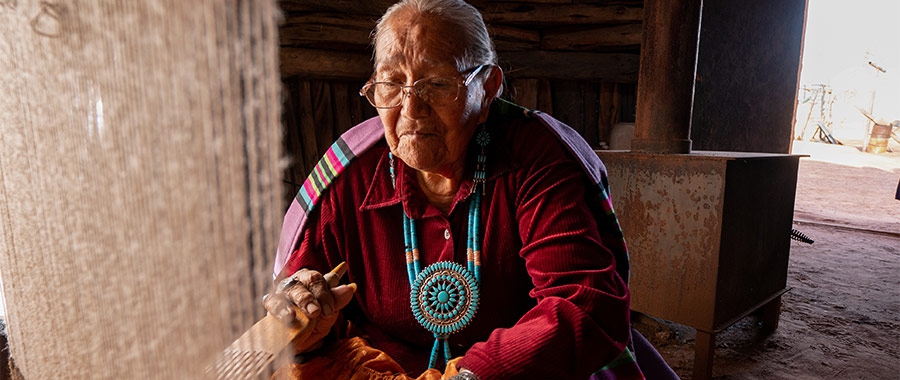
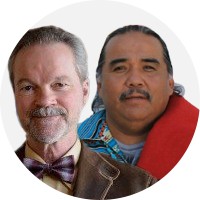



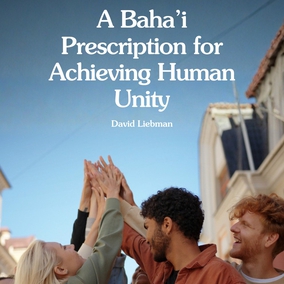
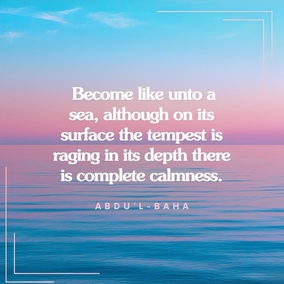
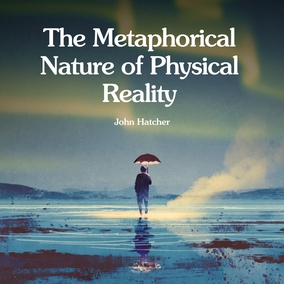
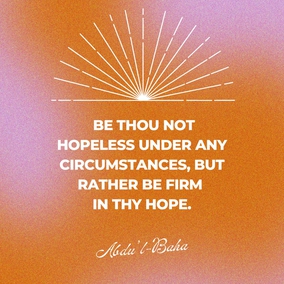
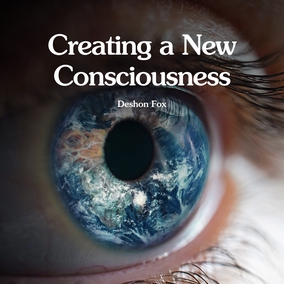


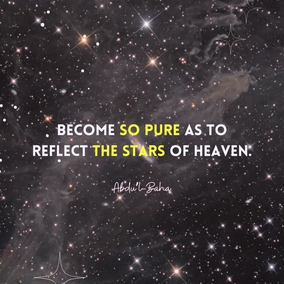

Comments
Sign in or create an account
Continue with Googleor